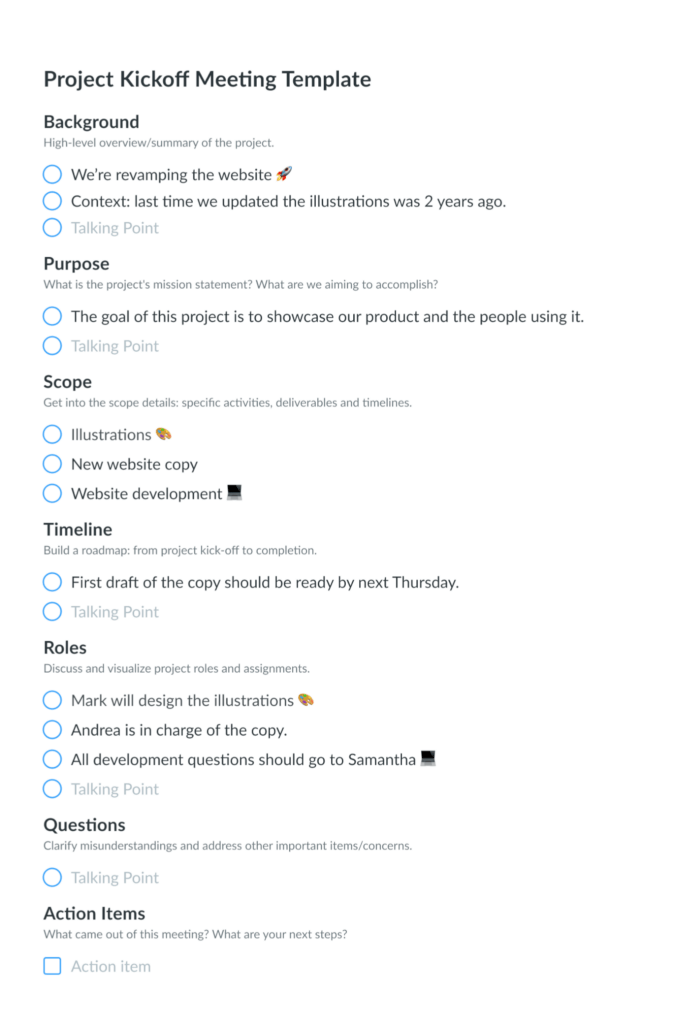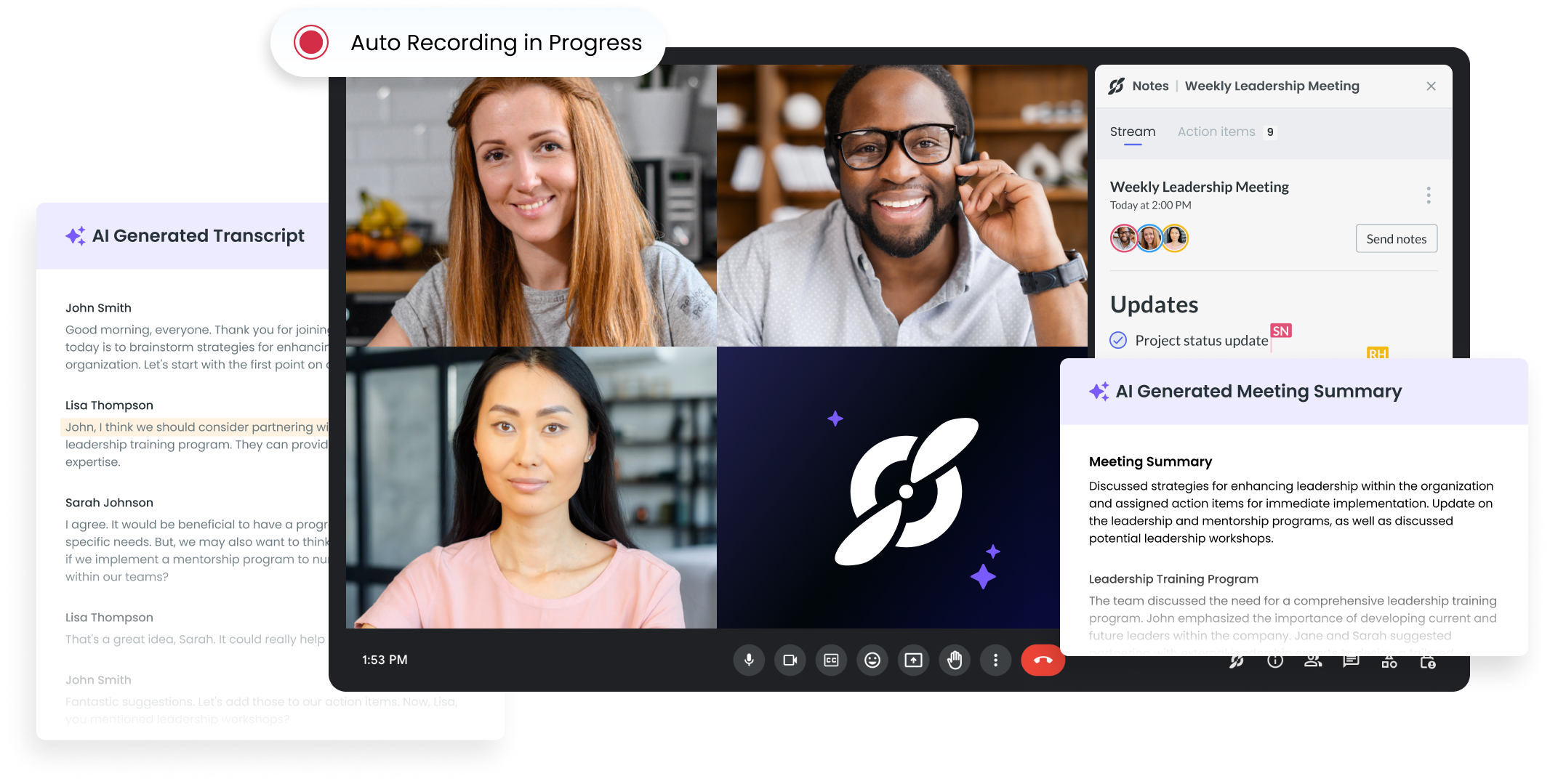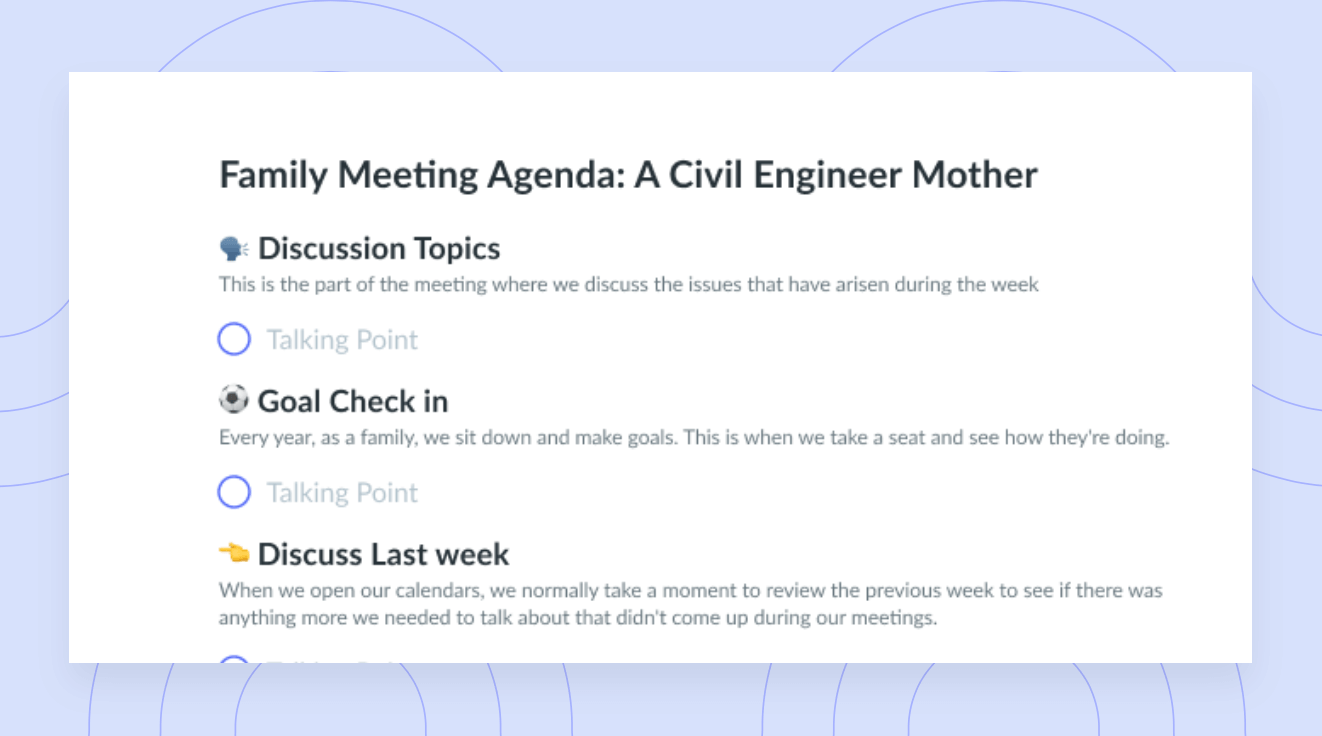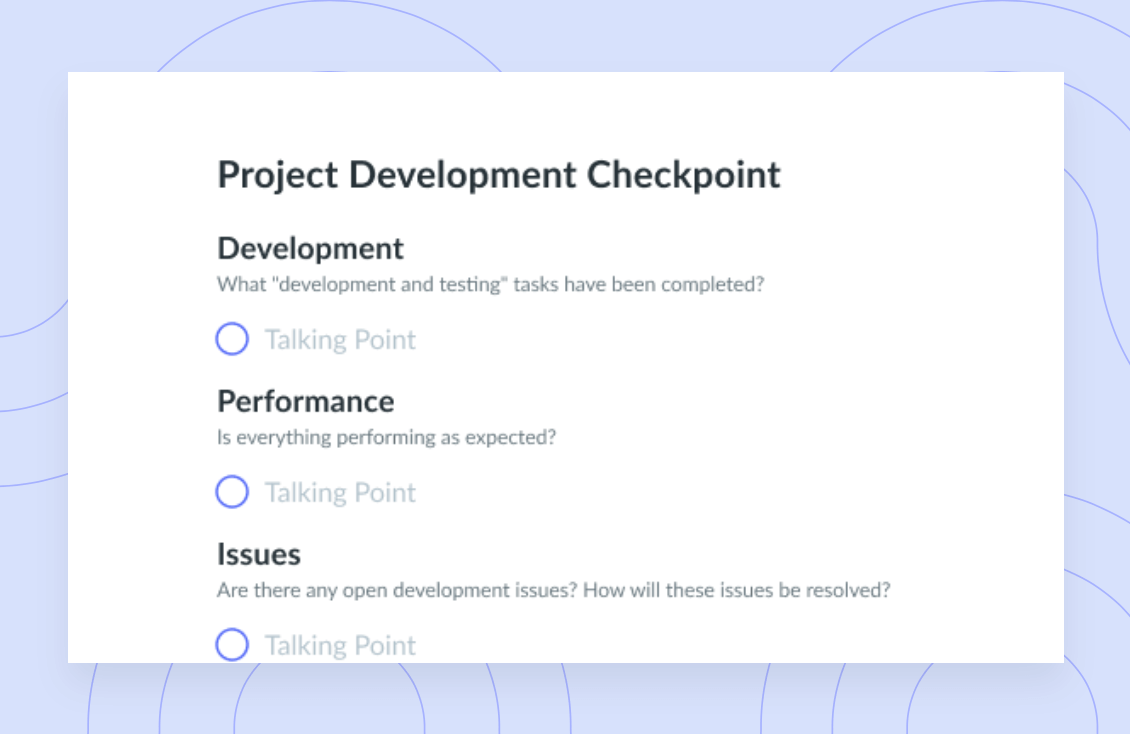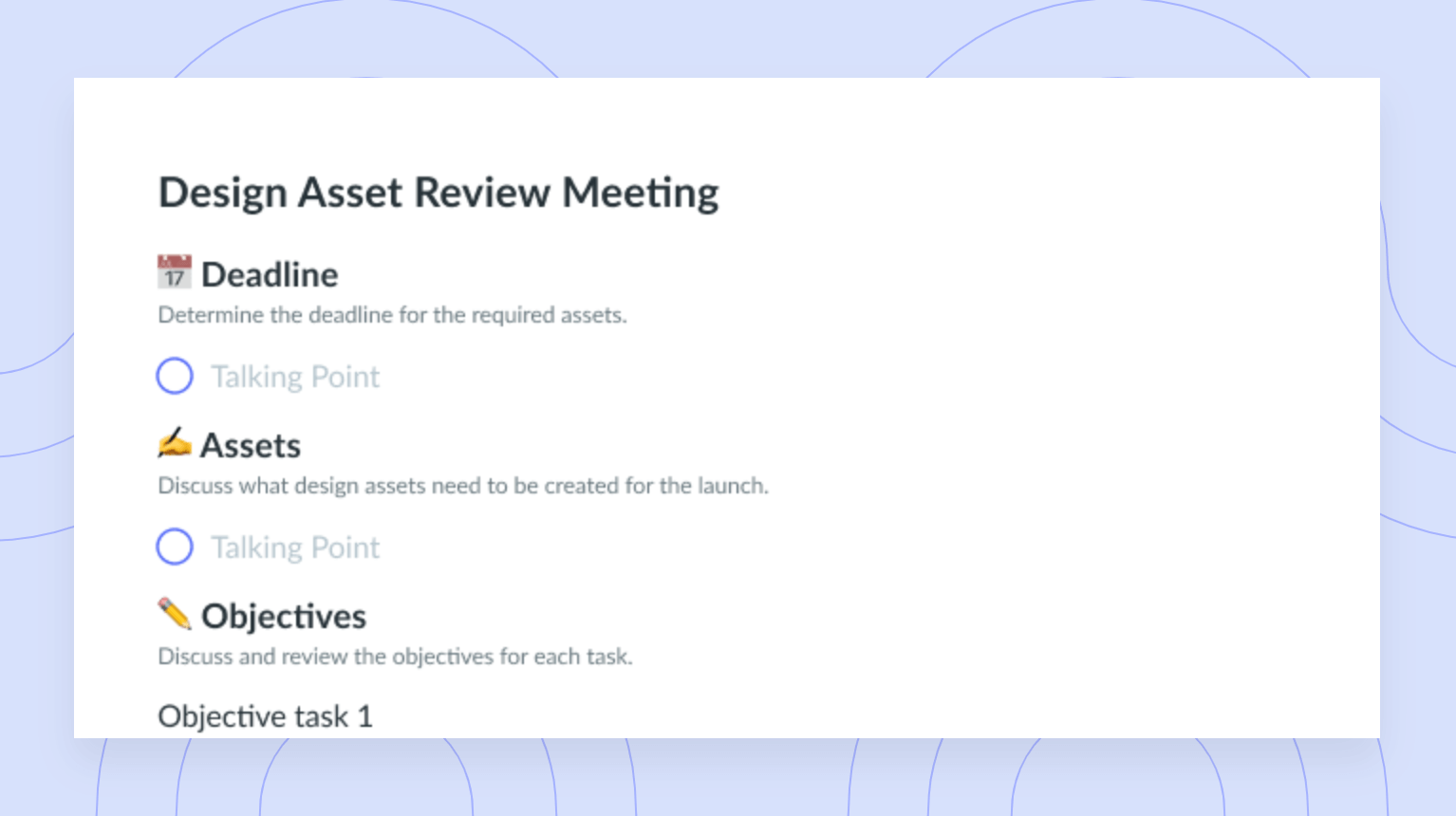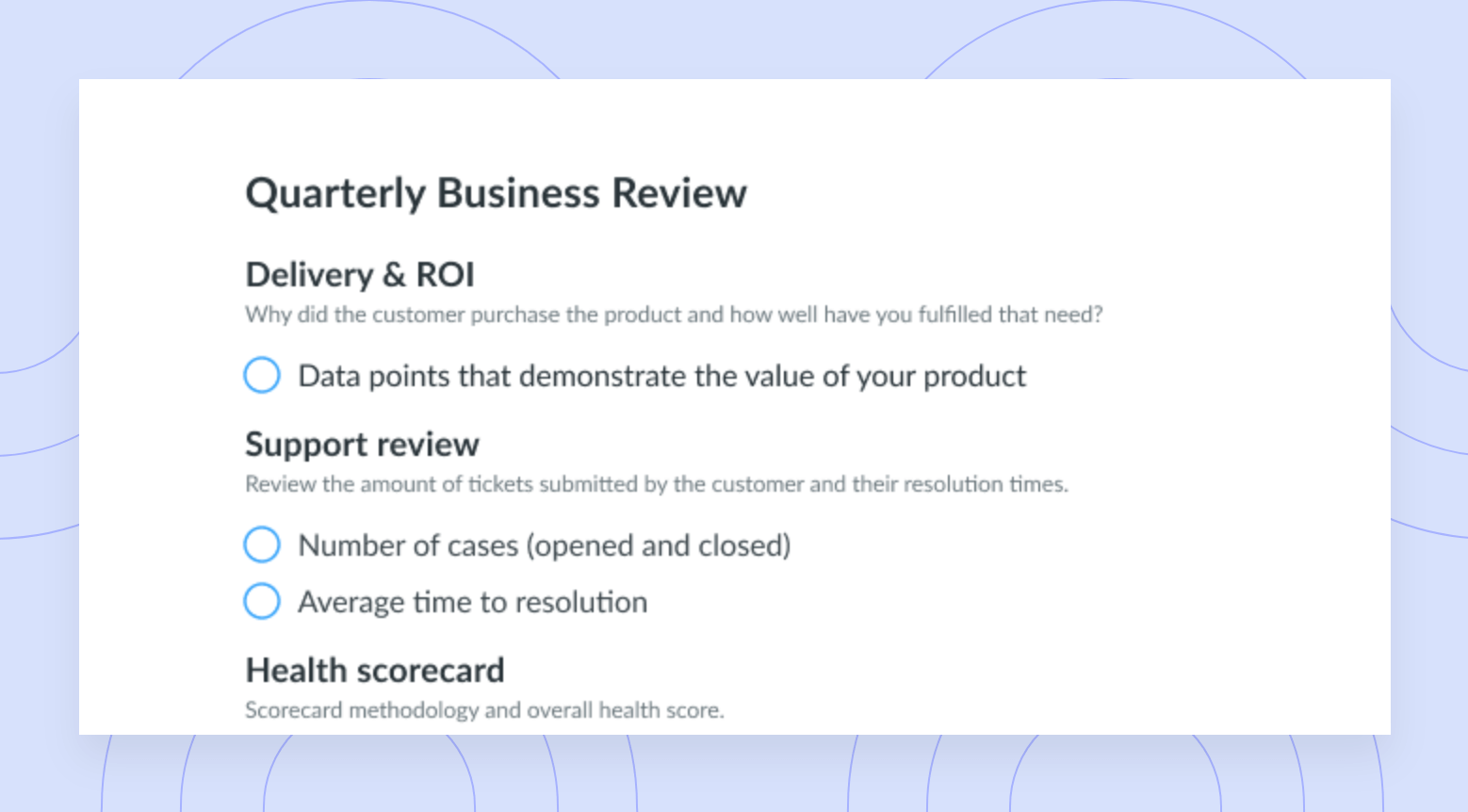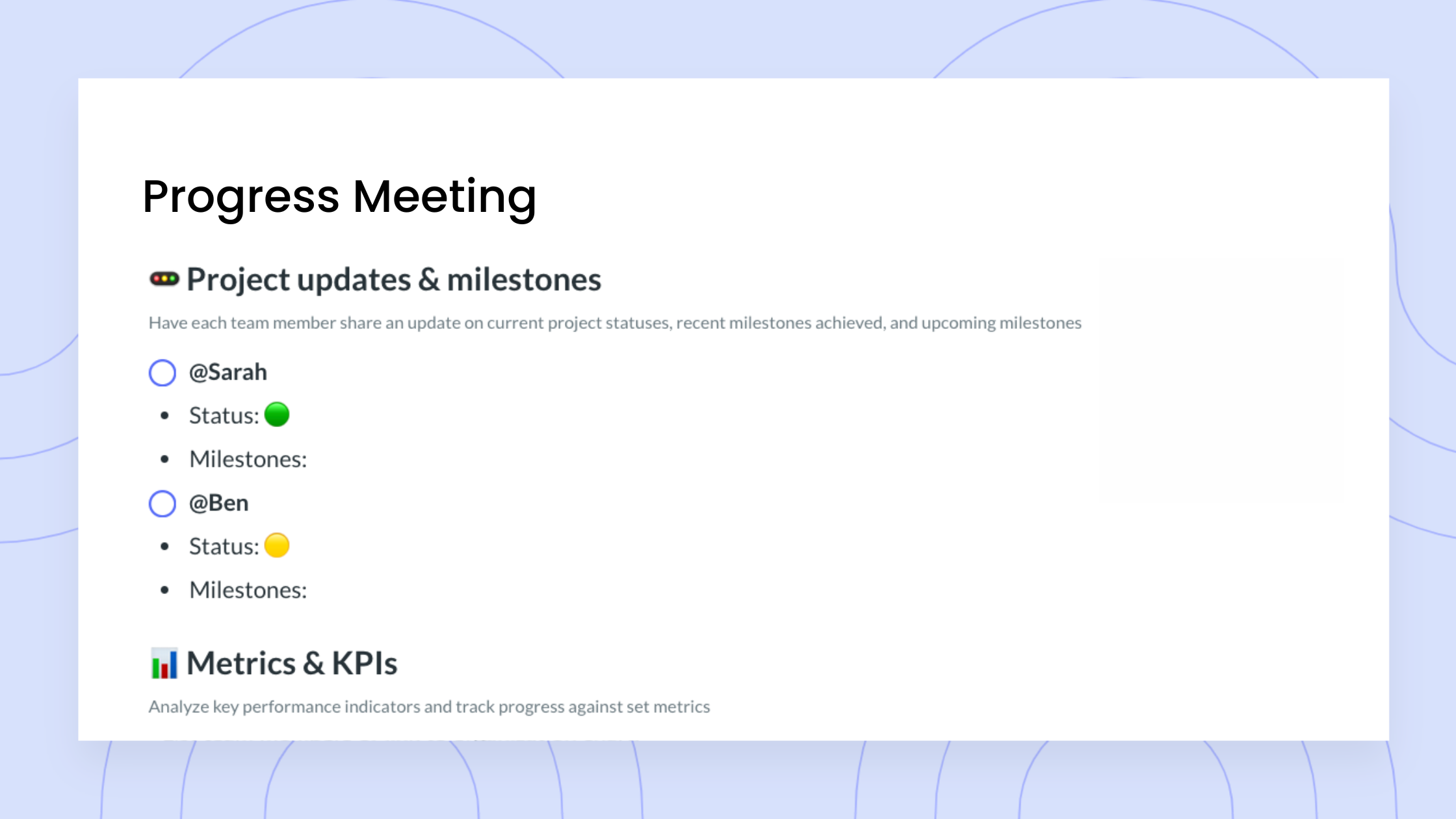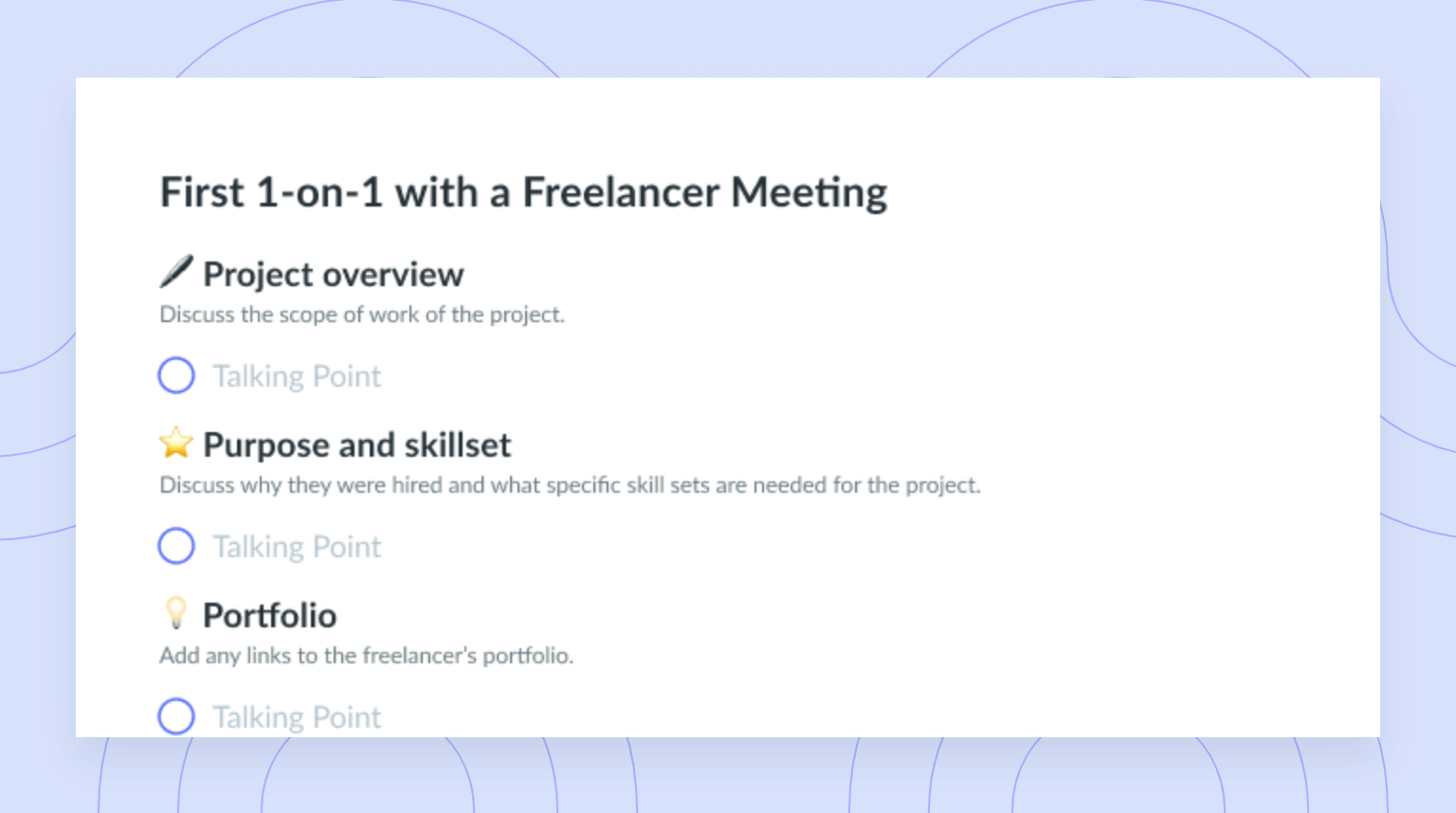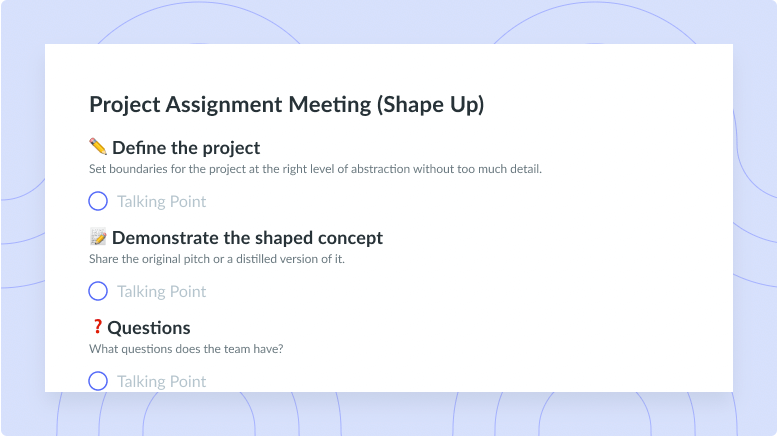How To Craft a Workback Schedule: A Step-by-Step Guide
Learn how to create workback schedules to optimize project efficiency, ensure on-time delivery, and keep your team on track.
When you’re planning a big-picture project, it’s important to get all your ducks in a row. Implementing a project planning strategy like a workback schedule is a great way to ensure your entire team stays focused and on track.
By—you guessed it—working backward to break your project into smaller, more digestible deadlines, you’ll enable your team to increase operational efficiency and effectiveness. Keep reading to learn more about the power of workback schedules and how to use them to their fullest potential.
- What is a workback schedule?
- When to use a workback schedule
- How to create a workback schedule
- Five essential tips for creating a workback schedule
- Challenges associated with a workback schedule
- Workback schedule example
- Fine-tuning project timelines with Fellow
What is a workback schedule?
A workback schedule is a strategy that starts with envisioning a long-term project’s final goal and then outlining all the steps to get it done. As the name suggests, you’ll work backward to determine what sub-deadlines your team needs to reach the big deadline.
The following are some of the best reasons to put a workback schedule to use.
- Managing your time. Working backward can help you organize your busy schedule and plan enough time to complete everything. Workback schedules are a great way to keep your team on track and ensure nobody falls behind while working toward your larger goal.
- Getting real. There’s no better way to check if your deadlines are realistic than with a workback schedule. After all, you must examine your deadlines closely as you map out your productivity plan. If your project scheduling is too ambitious, you’ll know and be able to make adjustments ASAP.
- Nailing your resource planning. Once you know your project’s timeline and deadlines, you can determine when to free up certain resources. With a workback schedule, you’ll also learn which team members are free at which times. From there, you can assign them to tasks accordingly.
- Minimizing risk. The more you know about your project plan, the smarter your decision-making will be. Working backward will allow you to see all the possible roadblocks to completing your project and plan how to overcome them.

Stay on track with your workback schedule
Fellow is the all-in-one AI meeting transcription and management software that facilitates the communication, collaboration, and decision-making necessary to follow your workback schedule roadmap successfully.
When to use a workback schedule
Workback schedules are handy when you know your project’s deadline and how much time you have left to get there. They’re also great for long-term projects because they allow you to craft a clear, foolproof project plan in advance. From launching a new product to planning an upcoming event, the right workback schedule can help you and your team get everything done.
How to create a workback schedule
Want to create a workback schedule but nervous about getting off the ground? Look no further than the below steps for creating a workback schedule.
1Set your goal
You can’t start a workback timeline if you don’t know what you’re working toward. Be clear on the big picture when creating your project schedule. Ensure everyone on your team is on the same page about the final deliverable.
2Define your checkpoints
As you create your workback plan, consider the most important milestones in completing your project. For example, you might conduct a project review meeting to find inspiration from previously completed projects. Your milestones will serve as the checkpoints in your workback schedule. Once you’ve figured them out, you can set realistic deadlines for each one.
3Break down tasks and responsibilities
When you’ve nailed down your project’s main tasks, it’s time to assign them to the team members best equipped to handle them. Think about the roles needed for each milestone in your project, and play to everyone’s unique strengths.
4Brief the team
Once your goals, deadlines, and roles are set, you have all the details needed for a workback schedule. All that’s left is communicating these details to the team, and a great way to do this is by holding a project meeting.
Unsure where to start? Fellow’s free project kickoff meeting template comes pre-loaded with structured sections to guide you in discussing the project purpose, scope, roles, and workback schedule. With Fellow’s support, you can lay the foundation for a successful project and ensure that everyone on the team is on the same page.
Plus, don’t forget to record the meeting so no details of the workback schedule slip through the cracks. With an all-in-one AI meeting transcription and management software like Fellow, it’s as easy as pressing “Record.”
Fellow’s AI Meeting Copilot will join the call and record, transcribe, and summarize the entire meeting, capturing all key discussions and decisions. You can even share the recording, the searchable transcript, and the summary with stakeholders after to limit attendees but still keep them in the loop. If you’re having recurring project meetings, make sure to toggle on auto-recording so you never forget to record the call.
Five essential tips for creating a workback schedule
Below are some tips and tricks for creating an effective workback schedule.
- Evenly distribute resources
- Try contingency plans
- Track deadlines
- Look at alternate versions
- Use scheduling tools
1Evenly distribute resources
When building a workback timeline, make sure you’re managing the resources you need at the beginning of your project, not just at the end. Sure, your workback schedule revolves around the final deadline, but resources are still necessary for the beginning stages. Avoid overwhelming the end of your schedule with all your resources, and double-check that you have enough juice to get your project off the ground.
2Try contingency plans
Even the most prepared team isn’t immune to falling behind or encountering issues during project completion. That’s why it’s important that your workback schedule has contingency plans, which are break-glass scenarios for when things don’t go as planned. It’s not pessimistic—it’s practical. You and your team will be happy to have these safety nets down the road.
3Track deadlines
When building a workback schedule, your smaller checkpoints are just as important as your final deliverable. A workback schedule succeeds when your sub-deadlines are crystal clear. Confirm that your team knows when each step of your project is supposed to get done. Falling behind happens, of course, and with great deadline tracking, you can quantify the slack—and make adjustments to the rest of your schedule accordingly.
With Fellow, you can track all project action items and set due dates as per the workback schedule. You can also sync them with your project management tools so everything is up to date and everyone is aligned.
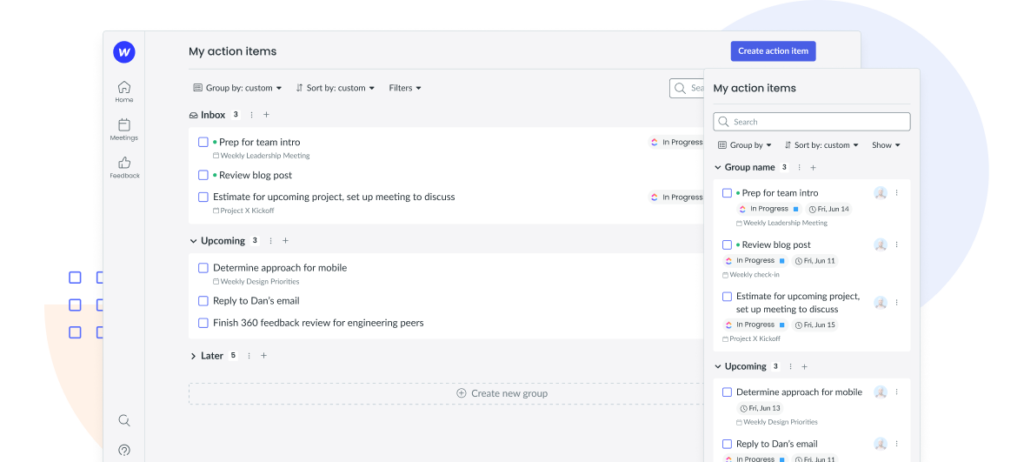
4Look at alternate versions
Like everything else you do, your workback schedule should be dynamic and flexible. After all, you never know when you might have to pivot to meet the needs of your team members and stakeholders.
To make sure you’re keeping your options open, try out different versions of your workback schedule with different deadlines and resource allocations. You might find a way forward that’s better than your original draft, and at the very least, you’ll have considered all your options.
5Use scheduling tools
Instead of outlining your deadlines, project management meetings, and team huddles by email, save yourself some time with AI scheduling tools. When you use software designed for scheduling, you’ll have an easier time adapting your workback plan. If things fall behind, you can adjust your workback schedule or lean on your contingency plan with ease.
With scheduling tools, you’ll also keep things more organized by storing all your project planning information in one streamlined location. It’s a huge improvement over scheduling meetings by email or using email for anything scheduling-related. Your team will thank you for it!
Challenges associated with a workback schedule
The following are some challenges to consider when building your workback plan.
Strict timelines
Because workback schedules revolve around many deadlines, they can often be too rigid. Give your workback schedule room to change and grow as your project progresses, even if you have a firm end date in sight.
Complicated dependencies
With so many tasks and deadlines in the picture, it can be hard to make sense of your project management dependencies. When you’re planning your project backward, you might miss one of these dependencies along the way.
Managing resources
Because building a workback schedule requires you to work backward, you run the risk of uneven resource distribution. You might accidentally load the final stages of your project with the most resources—a natural resource allocation mistake since your schedule starts at the end.
Workback schedule example
Let’s say your team is working on launching a new product by the end of the second quarter. Below is an example of what their workback schedule might look like.
| Order number | Task name | Responsibility | Summary | Deadline |
|---|---|---|---|---|
| 10 | Prep for launch | Social media team | Apply social feedback. Publish social launch posts and get the product in front of as many eyes as possible. | June 30 |
| 9 | Social review | Executives and product team | Review social strategy and copy for accuracy and impact. | June 7 |
| 8 | Social strategy | Social media team | Develop a social media plan to launch the new product. | May 31 |
| 7 | Production | Engineering team | Put revised plan into production and finalize product. | May 15 |
| 6 | Final mockups | Product team | Apply feedback and send the finalized plan to the engineering team for implementation. | April 31 |
| 5 | Second review | Executives | Provide final feedback to product team. | April 19 |
| 4 | Second mockups | Product and design team | Apply all executive feedback and provide executives with fresh mockups. | April 4 |
| 3 | First review | Executives | Review all concepts and provide product managers with extensive feedback. | March 15 |
| 2 | First mockups | Design team | Brainstorm and create quick mockups of possible features for the new product. Send drafts to executives for review. | February 28 |
| 1 | Brainstorming | Product team | Research the latest technology trends and audit any previous product feedback. Take copious notes and send them to the design team. | January 31 |
Fine-tuning project timelines with Fellow
With Fellow, you can easily refer back to your project meetings’ discussions and decisions via AI meeting transcription, recording, and summaries. You can also assign and track meeting action items and set due dates you can easily reference for your workback schedule. Plus, Fellow’s seamless integrations with project management tools make it easier than ever to streamline your workflow.
Use Fellow to keep tabs on your team’s progress as you work toward your long-term project deadline. You can also use Fellow’s hundreds of meeting templates to step up your PM game. Between a strong workback schedule and Fellow’s smart meeting management tools, you’ll be on your way to completing your next project with ease and savvy.

